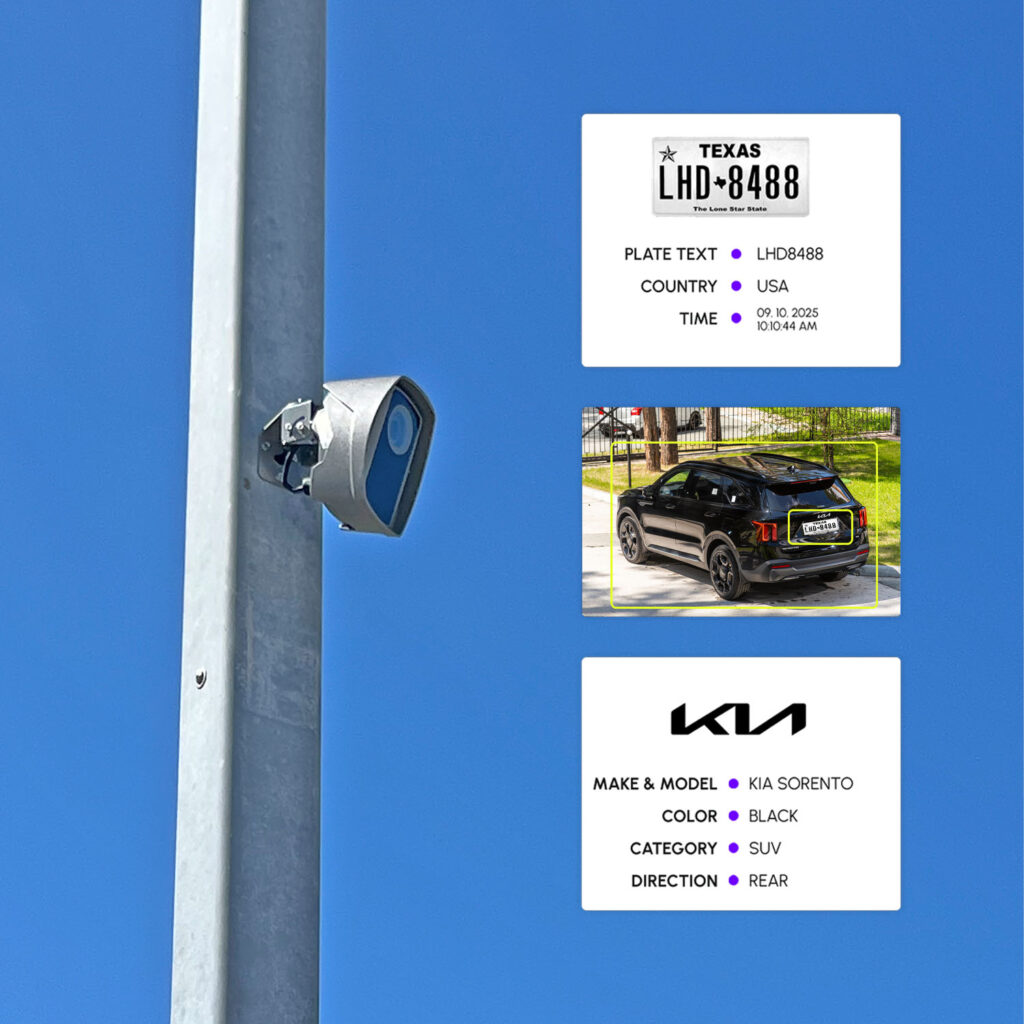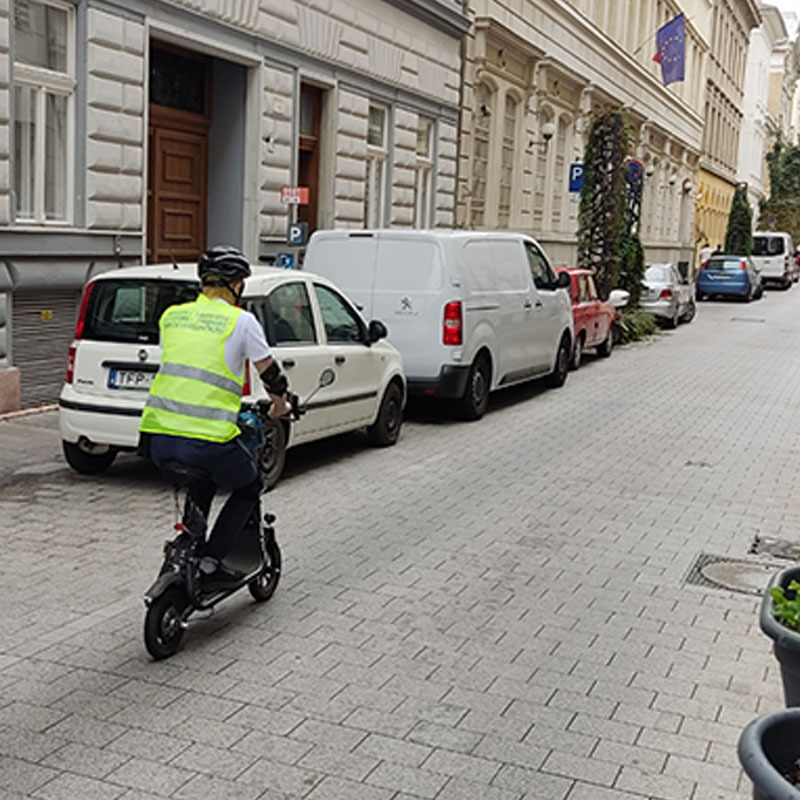Background
In the vast network of Slovenian highways, safety is paramount, especially when it comes to the transportation of dangerous goods. ASIST d.o.o., a leading company in Slovenia specializing in road traffic management systems, joined forces with Adaptive Recognition to successfully implement a state-of-the-art Dangerous Goods Identification System (ADR) on Slovenian highways for the Slovenian highway agency, DARS. The project commenced in June 2022 and was completed within a year. It involved the deployment of 88 Vidar Smart 2xFHD LT ANPR cameras for license plate recognition in the field. These cameras were seamlessly integrated into local systems, connecting to a central SCADA (Traffic Control Centre) system, and a user-friendly graphical interface was developed to display real-time data.
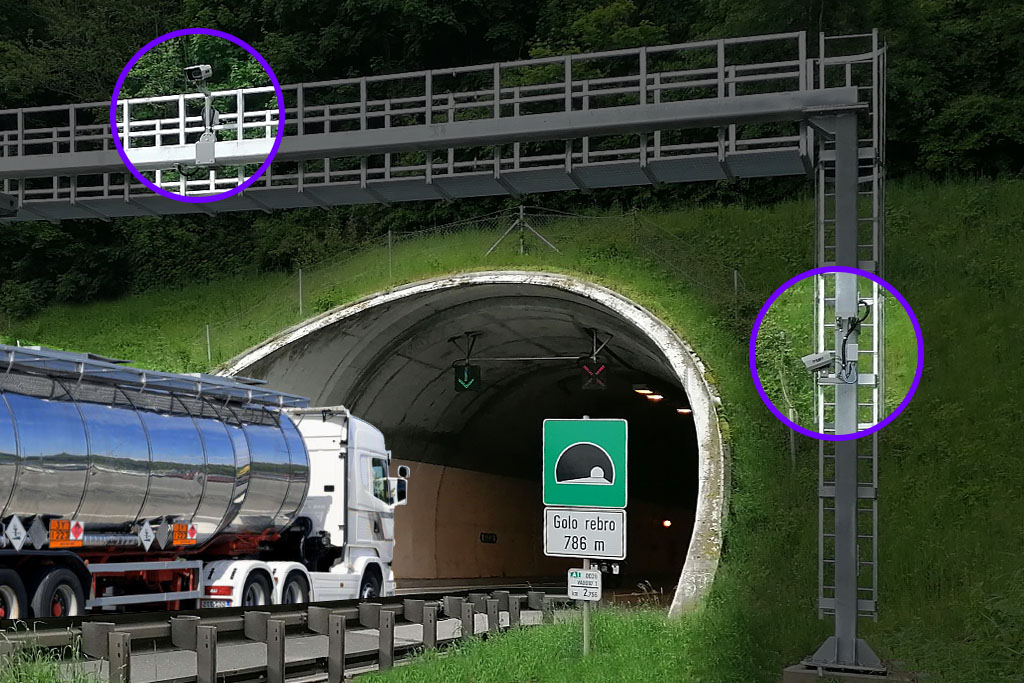
Challenges
Identifying Vehicles in Complex Conditions
The Slovenian highway system posed unique challenges. With 11 tunnels and 21 sections, ensuring accurate and timely identification of vehicles transporting hazardous materials was no small feat. Cameras needed to function flawlessly in various environmental conditions, from the glaring direct sunlight that plagued some areas to the stark contrasts of day and night.

Stringent Recognition Targets
The project demanded exceptionally high recognition accuracy rates. DARS set demanding targets: at least 90% for ADR plates with Kemler’s mark, 80% for empty ADR plates (while tolerating false positives and false negatives), and a minimum of 95% for undamaged plates. These targets were non-negotiable, given the criticality of accurate identification in hazardous cargo situations.
The Solution
Deploying the Vidar Smart 2xFHD LT Cameras
To meet the complex demands of the project, ASIST d.o.o. and Adaptive Recognition deployed a comprehensive system featuring 88 Vidar Smart 2xFHD LT ANPR cameras. These high-performance cameras were strategically placed both inside and outside tunnels, ensuring thorough coverage of all critical points. Their exceptional image quality, even under challenging lighting conditions, was pivotal in meeting the stringent accuracy requirements.
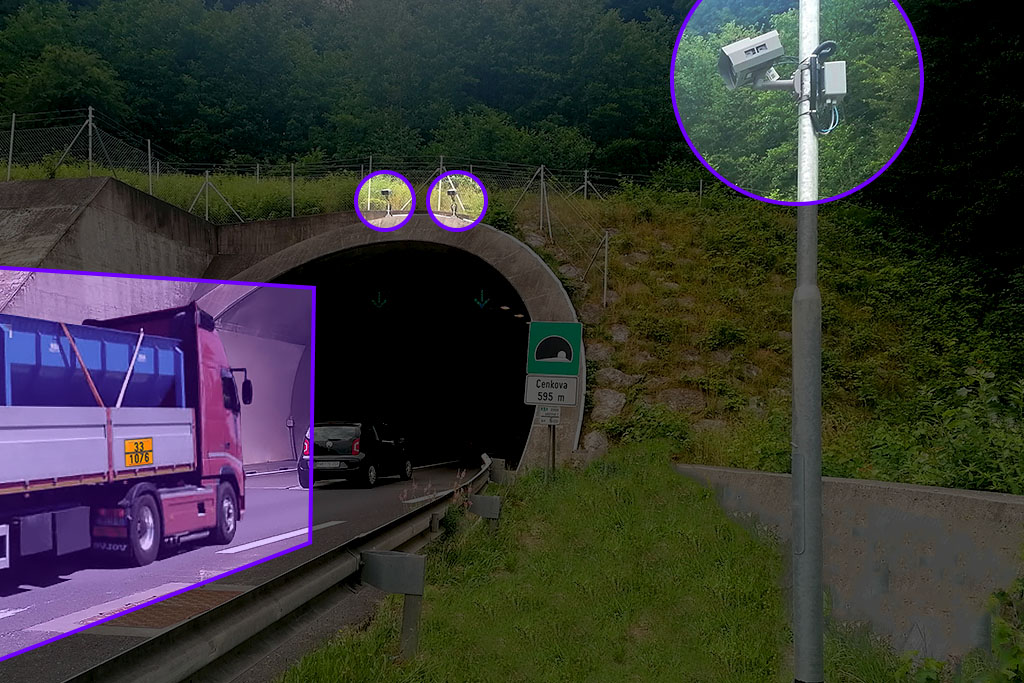
Advanced Algorithms and Environmental Adaptability
To meet the project’s requirements, advanced algorithms for setting image parameters based on environmental conditions needed to be developed. This dynamic adjustment allowed the cameras to optimize aperture, exposure time, ISO settings, and more, ensuring clear and accurate readings in any situation. These algorithms also facilitated the secondary recognition of ADR plates, surpassing the 95% recognition threshold for undamaged plates.
Inductive Loop Integration for Precision
Vehicle detection was a critical aspect of the project, demanding precision and reliability. The solution incorporated inductive loops for vehicle detection, ensuring accuracy rates of at least 99%. This component played a pivotal role in triggering detections and ensuring the seamless flow of information within the system.
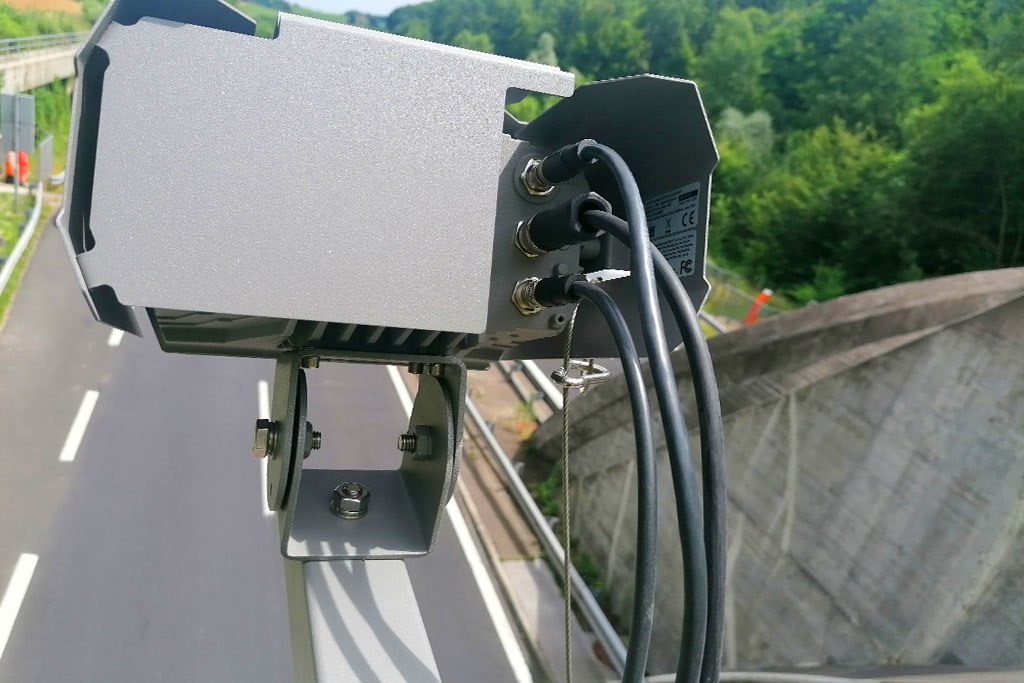
Central Server System and User-Friendly Interface
A central server system formed the backbone of the operation, equipped with various modules and interfaces. This infrastructure enabled real-time data processing, storage, and reporting. A user-friendly graphical interface was developed to allow efficient data access, export, and visualization. It streamlined the workflow, enhancing overall operational efficiency and road safety on Slovenian highways.
This cutting-edge system not only identifies vehicles with ADR plates but most importantly informs traffic supervisors about the type of hazardous substance being transported in real time. It ensures unambiguous information, especially in critical situations like fires in tunnels.
Conclusion
ASIST d.o.o. and Adaptive Recognition successfully overcame the formidable challenges of this project, ensuring the safe and efficient identification of vehicles transporting dangerous goods on Slovenian highways. Their innovative approach, combined with state-of-the-art technology, has ushered in a new era of road safety and hazardous cargo management.



